Revolution Begins: 9 Marketing Analytics Trends for 2023
Reading Time: 9 minutes
As we enter 2023, the landscape of marketing continues to evolve at a rapid pace, with sophisticated analytics tools and insights playing an increasingly important role in driving success. To stay ahead of the curve and excel in this competitive environment, it is essential to understand the latest trends in marketing analytics and harness their potential for your business. With an overwhelming array of options available, determining the right starting point can seem daunting – but we are here to help.
In this article, we delve into the most significant marketing analytics trends shaping 2023, including the transformative impact of artificial intelligence and the rise of predictive analytics. Join us as we examine how these cutting-edge tools can elevate your business strategy, positioning you for unparalleled success in the coming year.
Discover the key marketing analytics trends that will define 2023 and propel your business to new heights.
Leveraging Artificial Intelligence (AI) and Machine Learning (ML) for Competitive Advantage in Marketing Analytics
In today’s highly competitive business landscape, every organization seeks to outperform its rivals and stay ahead of the curve. The rapidly growing adoption of artificial intelligence (AI) and machine learning (ML) in marketing analytics offers an unprecedented opportunity to achieve this goal.
AI and ML technologies enable marketers to efficiently and accurately analyze vast amounts of data, deriving valuable insights from customer behavior and preferences. This not only saves time and resources but also empowers businesses to create highly targeted and personalized campaigns. By leveraging AI and ML-driven insights, companies can significantly improve their return on investment (ROI) compared to traditional marketing strategies.
Key applications of AI and ML in marketing analytics include:
Customer segmentation: AI and ML algorithms can identify patterns and trends within customer data, allowing for the creation of detailed customer segments. This information helps marketers develop tailored messaging and offers for specific target audiences, leading to increased engagement and conversion rates.
Sentiment analysis: By analyzing text data from social media, customer reviews, and other online sources, AI-powered sentiment analysis tools can gauge customer sentiment towards a brand or product. This allows companies to monitor their online reputation and make data-driven adjustments to their marketing and communication strategies.
Predictive analytics: AI and ML can help marketers anticipate customer behavior by predicting future trends based on historical data. This enables businesses to be proactive in their marketing efforts, targeting customers with relevant content and offers before they even realize they need them. Predictive analytics is also an important trend on its own and we will cover it separately.
Chatbots and virtual assistants: AI-driven chatbots and virtual assistants have become an essential part of customer service, offering personalized support and guidance to customers 24/7. These tools can also be integrated into marketing campaigns to improve customer engagement and satisfaction.
Investing in AI and ML technologies is no longer a luxury but a necessity for businesses aiming to thrive in the competitive market. By embracing these advanced tools, companies can optimize their marketing analytics strategies and secure a substantial edge over their competition.
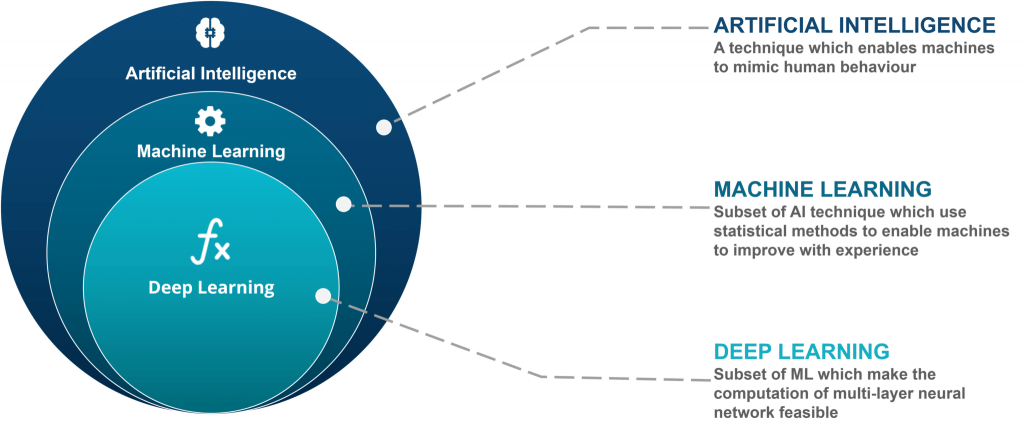
Harnessing Predictive Analytics and Forecasting for Enhanced Customer Understanding and Engagement
In the rapidly evolving marketing landscape, businesses are increasingly turning to advanced tools such as predictive analytics and forecasting to anticipate customer behavior and preferences. These innovative technologies empower companies to adapt their strategies proactively, ensuring customer satisfaction and driving sales.
Predictive analytics and forecasting are gaining traction as indispensable tools for making data-driven marketing decisions. By utilizing available data, companies can gain a deeper understanding of their customers’ needs, capitalizing on emerging opportunities and making timely adjustments to their strategies when necessary.
Key applications of predictive analytics and forecasting in marketing include:
Anticipating customer behavior: Advanced AI-powered tools allow marketers to predict customer purchasing patterns based on historical data, enabling them to tailor their marketing plans accordingly.
Personalization and customization: By leveraging predictive analytics, businesses can create personalized experiences and offers that resonate with their customers, enhancing customer loyalty and driving sales.
Demand forecasting: These tools help companies anticipate fluctuations in product demand, allowing for better inventory management and resource allocation.
Market trend analysis: By analyzing trends and patterns in the market, predictive analytics can help businesses identify growth opportunities and potential threats, enabling them to make informed strategic decisions.
The data-driven approach to marketing, underpinned by predictive analytics and forecasting, is a rapidly growing trend that is expected to continue gaining momentum. By embracing these advanced tools, businesses can stay ahead of the competition and deliver exceptional customer experiences.
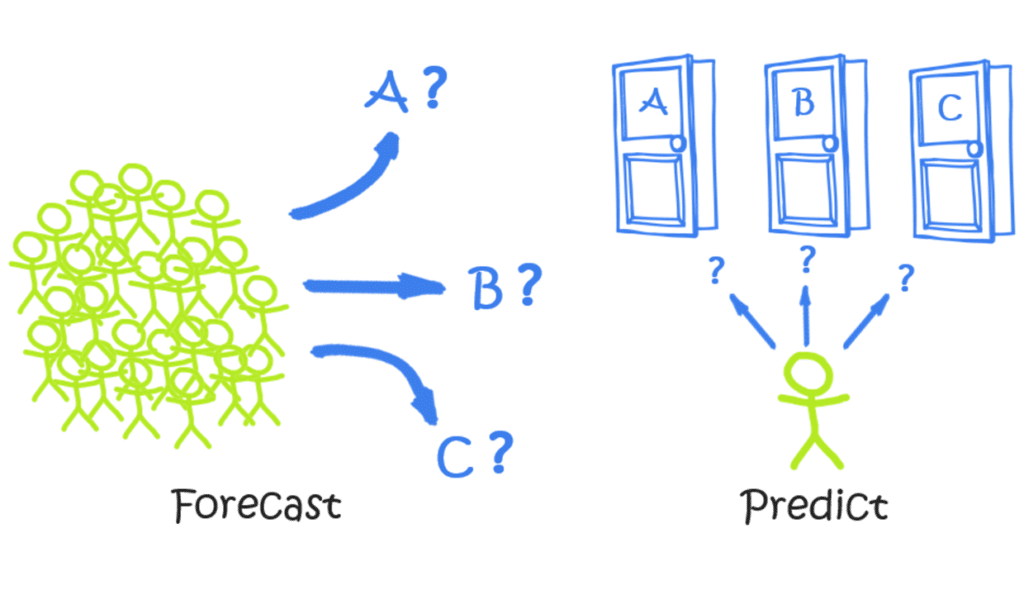
Prioritizing Data Privacy and Security in Marketing and Analytics
As we move into 2023, data privacy and security remain critical concerns for marketers. Ensuring the protection of customer data is not only a legal obligation under regulations like GDPR and CCPA but also a crucial factor in building and maintaining customer trust. Implementing robust data privacy and security measures in marketing analytics is essential for businesses to thrive in the digital age.
Key steps to safeguarding customer data in marketing analytics include:
Implementing multi-factor authentication and encryption: Utilizing multi-factor authentication and encrypting data at rest and in transit helps secure sensitive customer information, reducing the risk of unauthorized access or data breaches.
Regularly testing systems for vulnerabilities: Conducting frequent security audits and vulnerability assessments ensures that potential weaknesses in the system are identified and addressed promptly.
Establishing clear data management policies: Defining and enforcing strict policies for data access and usage ensures that only authorized personnel can access customer data, minimizing the risk of data leaks or misuse.
Transparency and customer control: To foster customer trust, businesses should be transparent about how they use customer data and provide options for customers to manage, modify, or delete their data as needed.
By investing in robust data protection measures, companies can demonstrate their commitment to customer privacy and ensure compliance with relevant regulations.
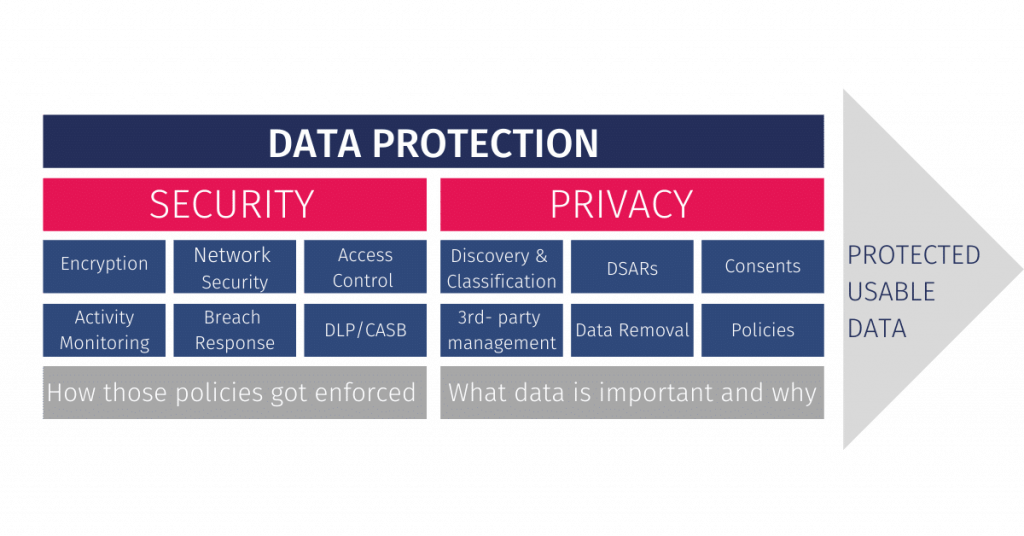
Embracing Server-Side Tracking and First-Party Cookies for Enhanced Compliance and Data Privacy
One of the biggest changes arising from privacy concerns is how businesses track their customers. As a result, businesses are increasingly shifting towards server-side tracking and first-party cookies to maintain compliance with privacy regulations and preserve customer trust. (Shameless plug: Use Salespanel for server-side first-party data. 🙂 )
The decline of third-party cookies, driven by heightened privacy concerns and regulatory measures such as GDPR, has prompted industry giants like Apple and Google to explore alternative tracking methods. Apple’s Safari browser has already blocked third-party cookies, while Google plans to phase them out by 2024 for its Chrome browser, used by over 65% of users. Google’s Privacy Sandbox, along with systems like FLOC and Fledge, aims to track user data while maintaining user anonymity. However, these solutions primarily cater to B2C businesses, leaving B2B businesses to seek alternative tracking methods.
First-party cookies, when used with proper consent acquisition, can address data privacy concerns while complying with regulations. However, Intelligent Tracking Prevention (ITP) algorithms employed by browsers such as Firefox and Safari limit the cookie lifetime to 7 days. To overcome this challenge, businesses are turning to server-side tracking, which is poised to become the future standard for B2B marketing analytics.
The increasing restrictions on third-party cookies and the shift towards server-side tracking and first-party cookies reflect a larger trend towards prioritizing data privacy in marketing analytics. Businesses need to adapt to these changes to ensure compliance with data privacy regulations and maintain customer trust.
Furthermore, recent regulatory scrutiny over Google Analytics in several EU countries highlights the need for businesses to carefully evaluate their analytics tools and data storage practices. By understanding the rationale behind these regulatory actions and selecting analytics solutions that prioritize data privacy and compliance, businesses can safeguard themselves against potential legal challenges.
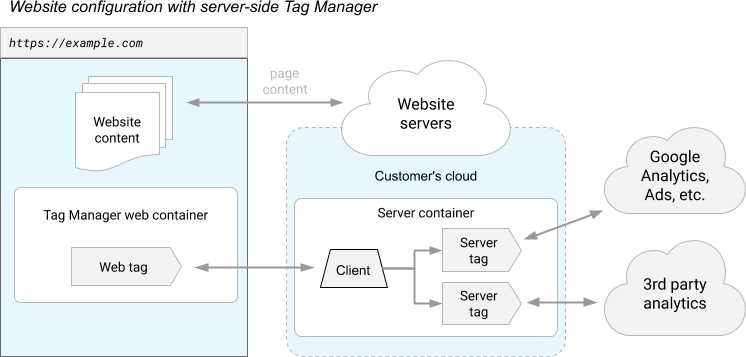
Navigating the Complexities of Multi-Channel Attribution for Optimal Marketing Performance
In 2023, multi-channel attribution has emerged as a crucial marketing trend, particularly for B2B marketers striving to optimize their marketing efforts. This approach involves attributing credit to various marketing touchpoints across different channels that contribute to conversions, ultimately driving sales.
B2B marketing is characterized by its complexity, with multiple touchpoints spanning a range of channels. Multi-channel attribution enables marketers to gain a comprehensive understanding of each touchpoint’s impact on the customer journey. By analyzing this data, marketers can identify which channels are most effective at driving sales, enabling them to allocate their resources and efforts more strategically.
However, capturing accurate data from diverse channels can be challenging, making it difficult for marketers to implement multi-channel attribution effectively. Despite these challenges, it remains a critical trend for B2B marketing, as it offers valuable insights for campaign optimization and resource allocation.
Many businesses have relied on Google Analytics for attribution but first-touch, linear, and time decay are going away from GA. To assist with multi-channel attribution, marketers can leverage tools like Salespanel, which offer comprehensive tracking and analysis capabilities. By utilizing such tools, businesses can more effectively navigate the complexities of multi-channel attribution and maximize the return on their marketing investments.
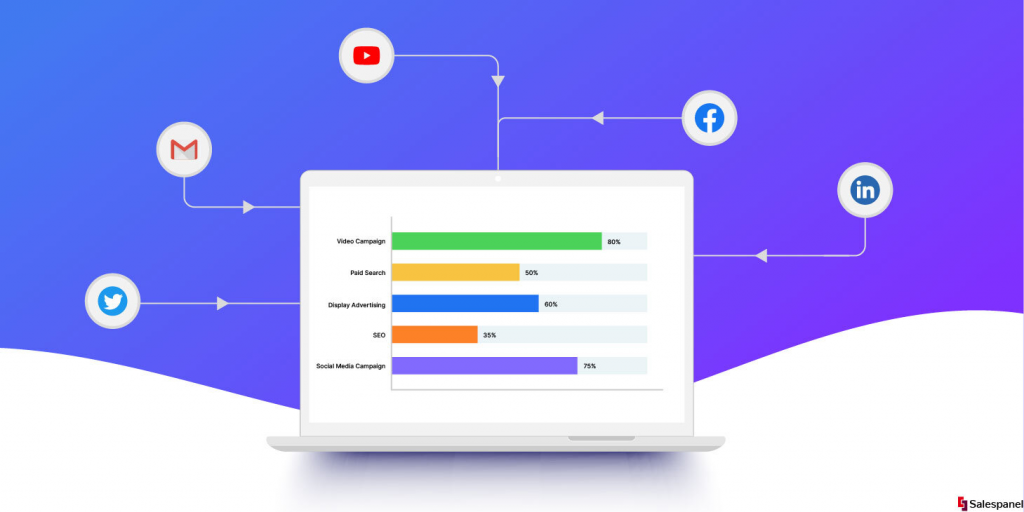
Harnessing Video Marketing Analytics for Enhanced Engagement and Impact
As video marketing continues to grow in popularity and importance in 2023, businesses are increasingly leveraging data-driven insights to optimize their video content and ensure its effectiveness. By analyzing metrics such as viewer count, engagement levels, and subsequent actions taken by viewers, companies can better understand the performance of their video marketing campaigns.
In 2023, businesses will adopt more advanced measurement techniques to gain deeper insights into audience engagement. For instance, they will analyze data on video watch time and drop-off points to better understand viewer behavior and preferences.
Furthermore, cutting-edge tools that analyze the audio and visuals of videos will be employed to identify the factors that resonate with viewers, enabling businesses to optimize their content for greater impact. The emergence of personalized videos that dynamically adapt based on individual viewer preferences will further enhance the effectiveness of video marketing campaigns.
While quantifying the direct financial impact of videos remains challenging, the use of advanced measurements and personalized content will enable businesses to refine their video marketing strategies and drive growth in 2023. By embracing video marketing analytics, companies can unlock the full potential of their video content and maximize engagement, conversion, and overall marketing success.
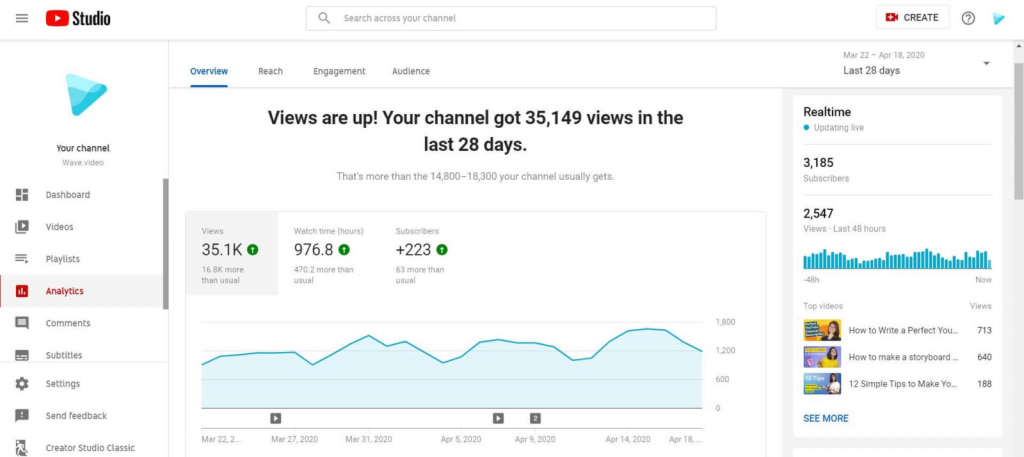
Leveraging Social Media Analytics for Enhanced Customer Insights and Marketing Strategy
Social media analytics has become an indispensable tool for businesses to collect and analyze data from various social media platforms, providing insights into customer preferences and behavior. In 2023, companies will increasingly rely on more sophisticated analytics tools to inform their decision-making processes and optimize their marketing efforts.
One emerging trend in social media analytics is sentiment analysis, which enables businesses to gauge customer feelings towards their brand, products, and services. By utilizing social listening tools, companies can monitor conversations about their brand, measure the success of their social media activities, and make data-driven adjustments to their strategies.
However, with the increasing volume of data collected, businesses must remain vigilant in their approach to data privacy and adhere to relevant regulations to maintain customer trust. By carefully handling customer data and respecting privacy, companies can harness the power of social media analytics to enhance their brand reputation and craft more effective marketing campaigns tailored to their target audience’s preferences and behavior.
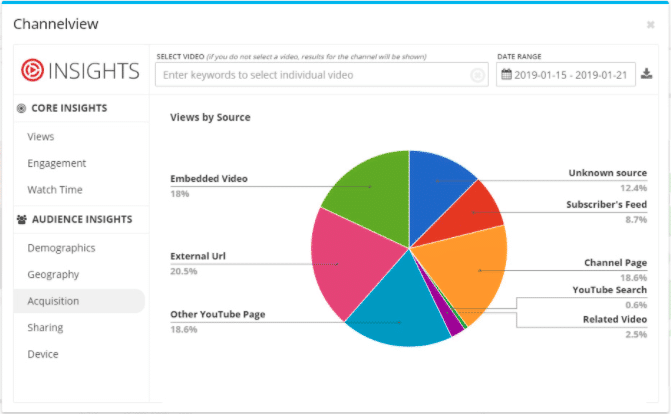
Emotional Analytics: Uncovering Customer Sentiments for Tailored Marketing Strategies
Understanding and leveraging customer emotions are crucial to driving successful marketing campaigns. Emotional analytics allows marketers to delve into customer sentiments and gain insights into how they feel about a product or brand.
By employing advanced emotional analytics tools that utilize machine learning and natural language processing, marketers can analyze customer feedback, social media posts, and online interactions. This process helps identify emotional patterns and trends, which can inform more targeted and effective marketing strategies.
Incorporating emotional analytics can lead to improved customer experiences, as marketers can address pain points and develop emotionally resonant campaigns that foster increased engagement and loyalty. However, accurately measuring emotions remains a challenge, and the use of emotional data requires careful consideration of privacy concerns.
To fully harness the potential of emotional analytics, businesses must ensure that customer consent is obtained and privacy is respected. By doing so, companies can benefit from the insights gained through emotional analytics and create tailored marketing strategies that resonate with their target audience on a deeper, emotional level.

Conclusion
Marketing analytics plays a pivotal role in helping businesses understand customer behavior, enabling them to devise more effective marketing strategies. In 2023, cutting-edge technologies such as AI, machine learning, cross-device tracking, and emotional analytics will further enhance marketers’ insights into customer behavior.
However, these advancements also bring concerns surrounding data privacy and security. To address these challenges, marketers must strike a balance between leveraging customer data for insights and ensuring robust data protection measures are in place. Real-time analytics will gain prominence as businesses strive to swiftly adapt to evolving customer needs.
Other factors that will shape the future of marketing analytics include multi-channel attribution, marketing automation, social media analytics, and cross-device tracking and measurement. These tools empower businesses to create highly personalized campaigns and elevate the overall customer experience.
To remain competitive and drive growth, businesses must stay informed about these trends and embrace new technologies, while simultaneously prioritizing data security and customer privacy.
Sell more, understand your customers’ journey for free!
Sales and Marketing teams spend millions of dollars to bring visitors to your website. But do you track your customer’s journey? Do you know who buys and why?
Around 8% of your website traffic will sign up on your lead forms. What happens to the other 92% of your traffic? Can you identify your visiting accounts? Can you engage and retarget your qualified visitors even if they are not identified?
